Scientists use the collected mucus to learn about whales’ genetic diversity, respiratory health, and stress levels.
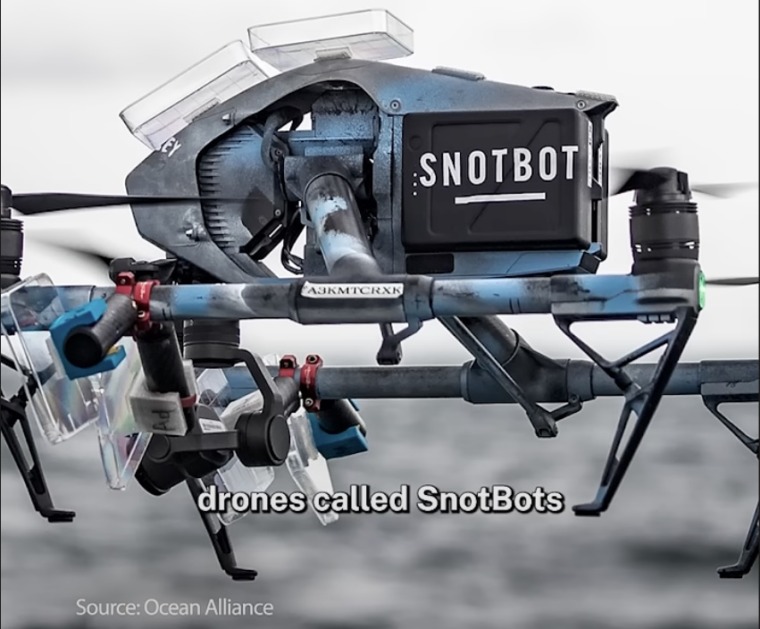

Scientists use the collected mucus to learn about whales’ genetic diversity, respiratory health, and stress levels.
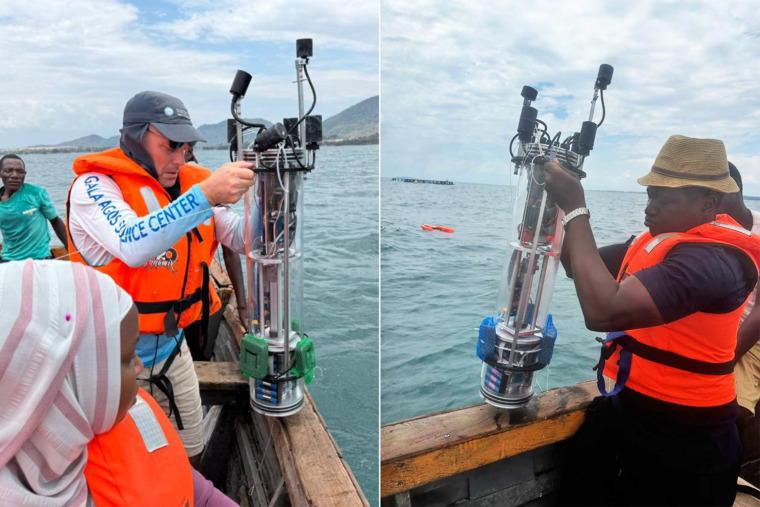
Scientists created a robot that could help fishers find fish more efficiently, and they tested the robot out on a lake in Malawi.
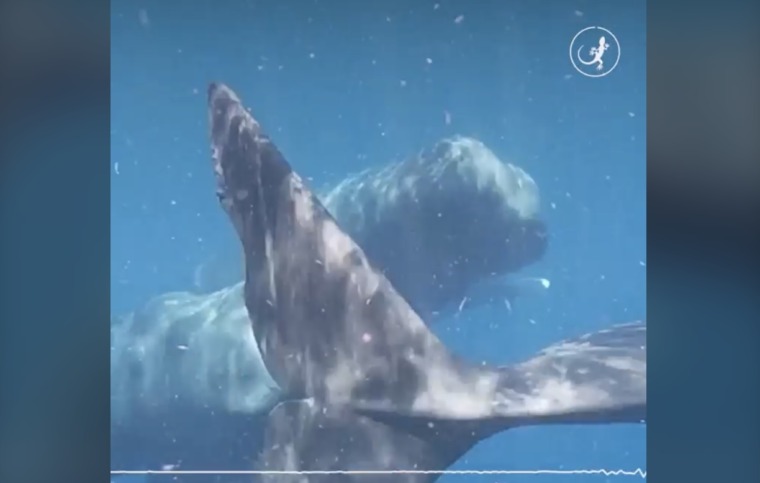
Decoding whale speak could help us protect whales, and perhaps even communicate with them.
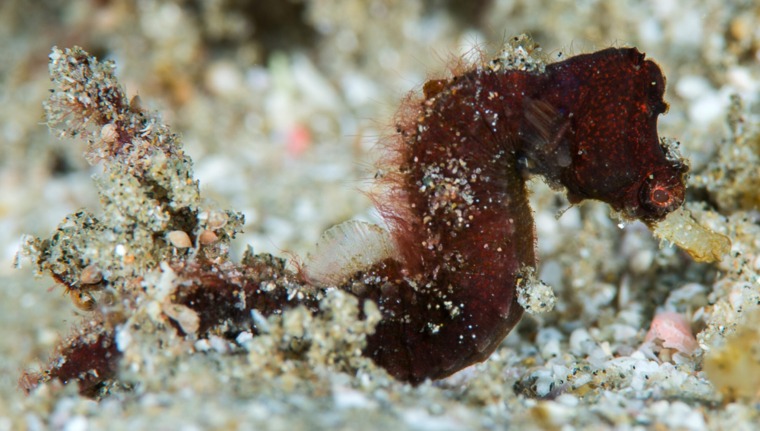
The new species include a pygmy pipefish, a guitar shark, and a squat lobster.

Learn how lightweight satellite backpacks are helping scientists understand parrot migration in Mexico
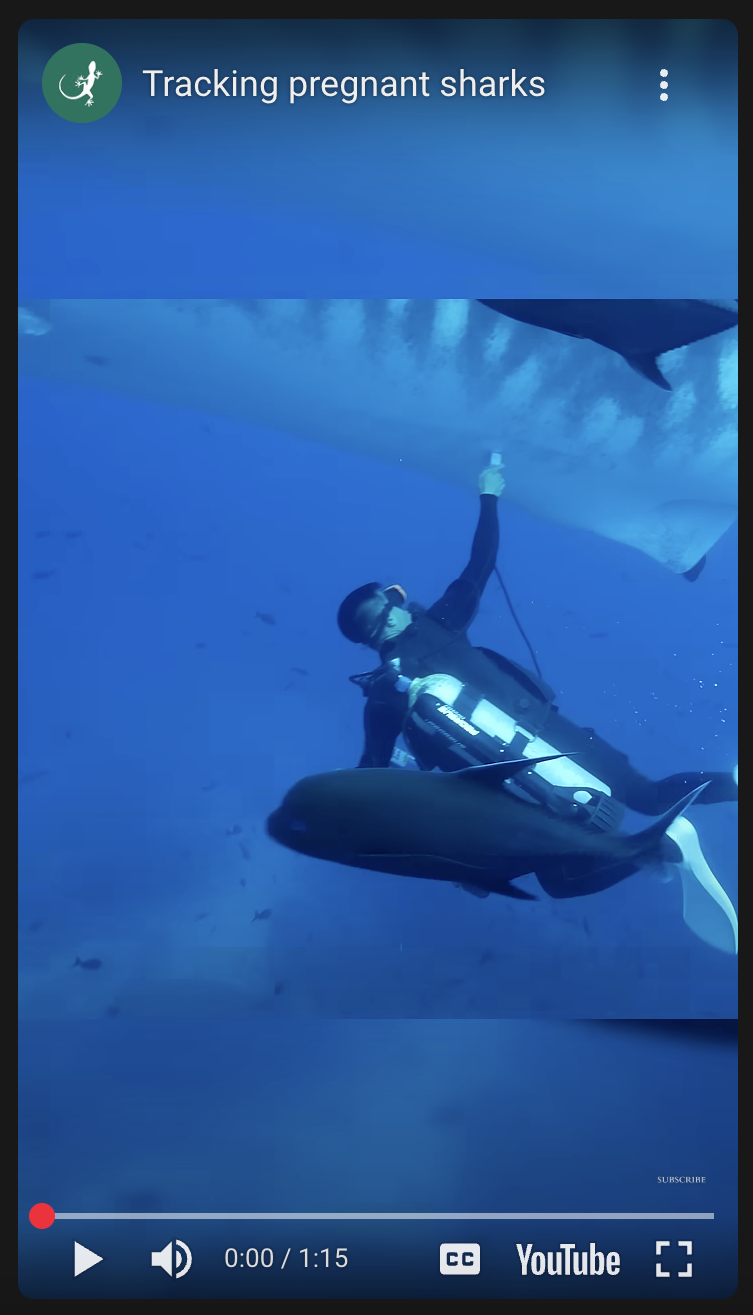
New ultrasound machines can be used underwater, reducing stress to sharks.
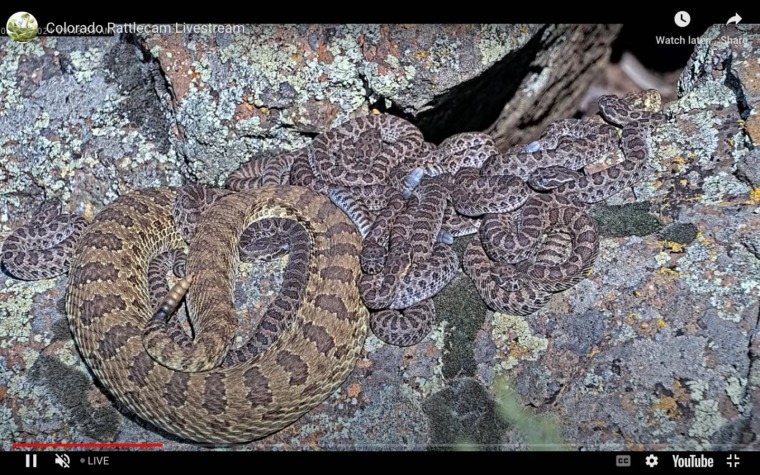
Take a peek into the secret lives of rattlesnakes with Project RattleCam.
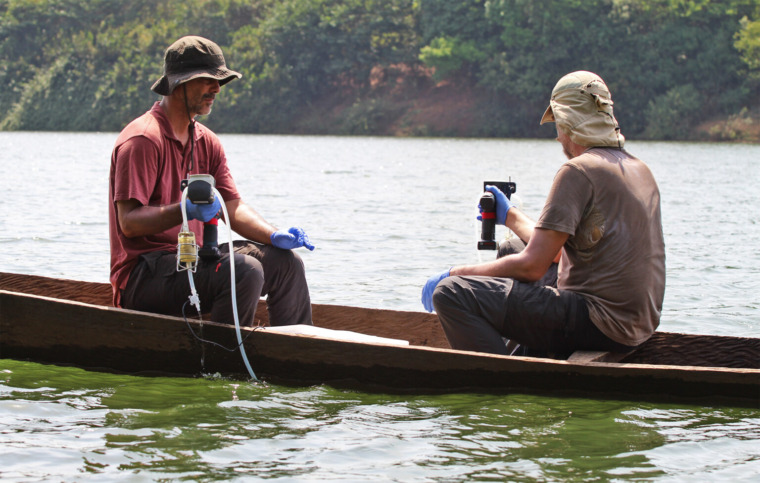
Scientists can use DNA left in the environment to survey biodiversity in ecosystems. It is a useful tool in remote areas, where it is hard to watch or capture species.
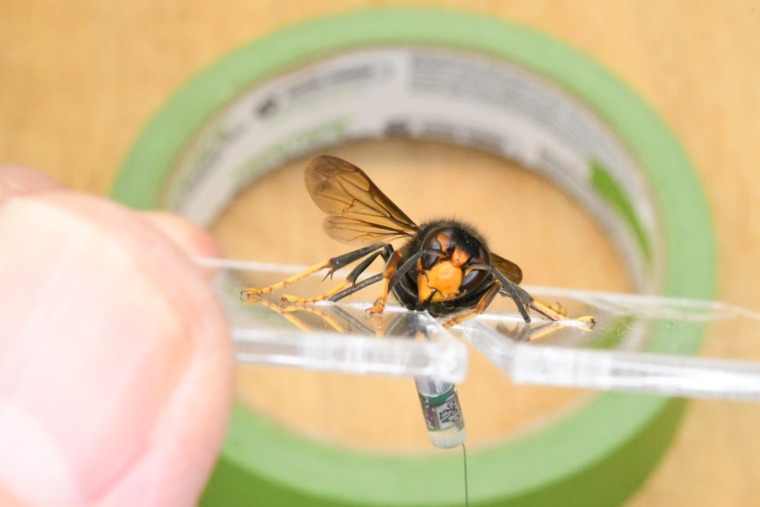
Scientists are using radio tags to track down and destroy the nests of invasive hornets.
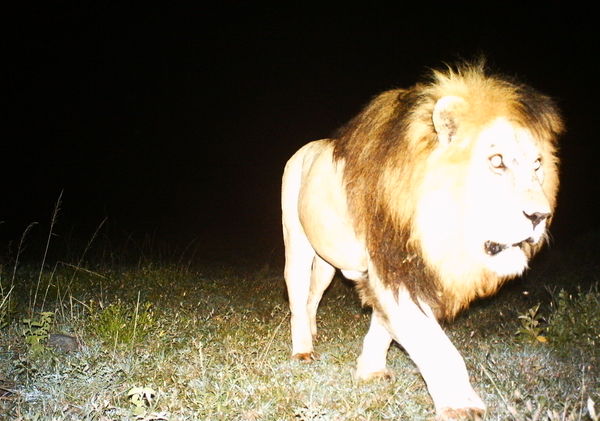
Learn how cutting-edge tech is changing the way we protect species and their habitats.
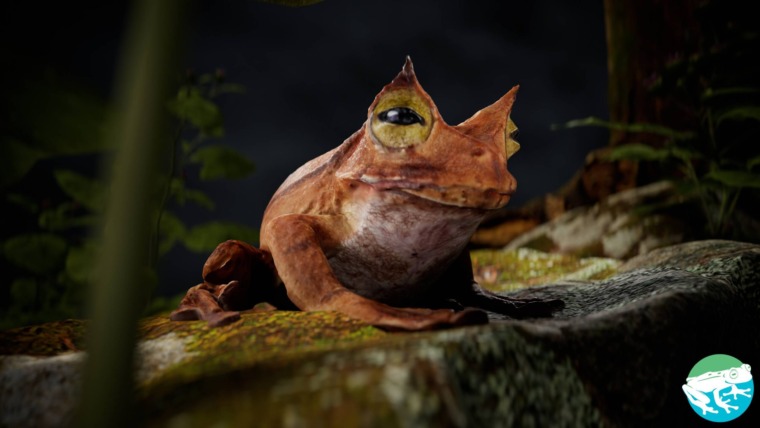
A conservation photographer has created tech that can scan live animals in 3D.
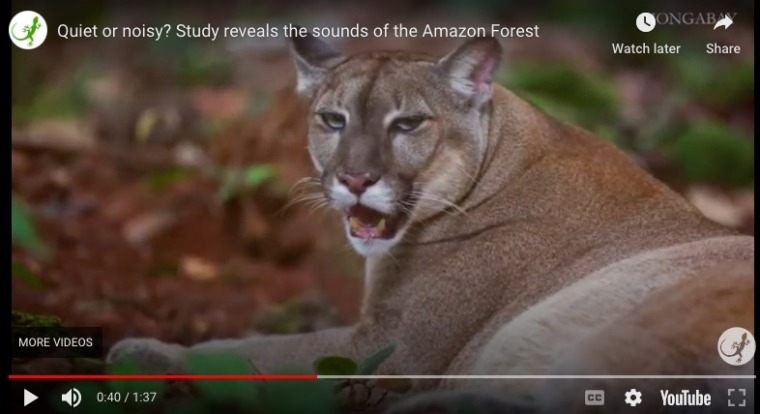
Be inspired! Listen to the sounds of the Amazon